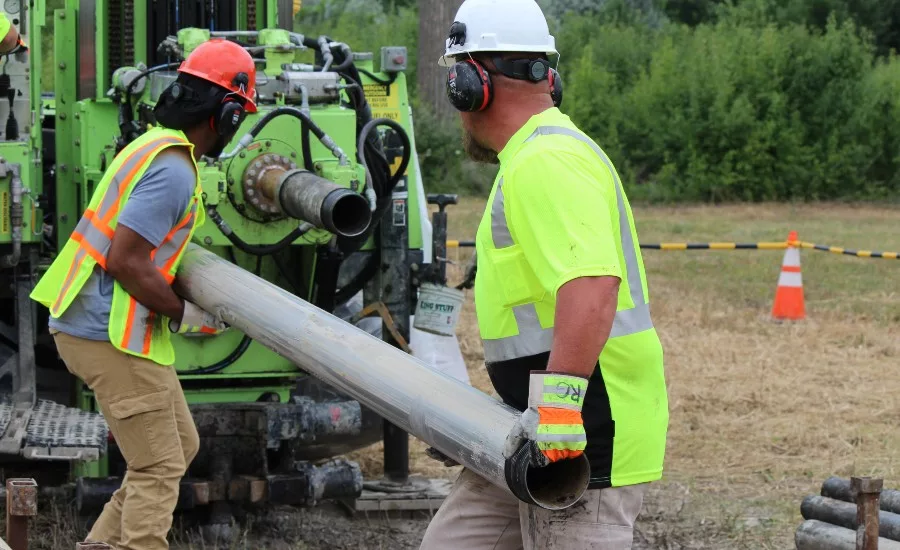Take the “Pulse” of Drilling Crews, other Employees with Surveys
Help Recruiting, Retention by Asking Workers their Thoughts

Want to know what the crews keeping your rigs busy think of your company and what ideas they have for improvement? Ask with an employee “pulse” survey.
Source: Cascade Environmental
If you want to know what would make your employees stay with (or leave) your company, why don’t you ask them?
We often find ourselves wondering why a valued employee left or worrying how we’ll keep the ones we have — but we rarely talk to them about it. That’s a shame. Employee surveys can deliver important insight into how to retain and recruit in an easy, inexpensive way. They offer a practical way to solicit feedback about company culture and needed improvements, and set you apart as an organization that truly values employee feedback.
Survey Options
One of the most common employee surveys used is the Employee Engagement Survey. These types of surveys measure just how much employees feel valued within the organization, and are ultimately a tool used to predict short- and long-term retention. These surveys seek to understand your employees’ levels of motivation, alignment to organizational goals, morale and productivity.
Two widely used options that go hand-in-hand are the entrance survey and exit survey. The entrance survey (or new hire survey) solicits feedback from new employees on your organization’s hiring and on-boarding process. The exit survey (or exit interview) solicits feedback from employees leaving the organization. Both surveys can uncover significant strengths and weaknesses in two critical chapters of the employee lifecycle.
Lastly, a “pulse” survey is a routine and relatively short survey sent to a select group of employees as a “check-in.” These surveys provide a glimpse into communication in the workplace, work environment, job satisfaction or any other topic identified as a potential issue during an engagement survey.
Setting Action Plans
Soliciting feedback with these surveys gives your organization key intel on changes that may have a meaningful impact on employees. Once you identify those opportunities, you can then create action plans to address them.
Identify the problem or opportunity, the person or department responsible for driving the improvement or change, the timeline for completion of the action, and the expected outcome.
Identify the problem or opportunity, the person or department responsible for driving the improvement or change, the timeline for completion of the action, and the expected outcome. It’s also a good idea to schedule a future survey to measure the success of the action taken.
Employee surveys are excellent tools for identifying needed changes, ones that can lead to higher levels of employee retention and a better environment to recruit new hires into. If you want to know how to get and keep your best employees, just ask.Looking for a reprint of this article?
From high-res PDFs to custom plaques, order your copy today!







